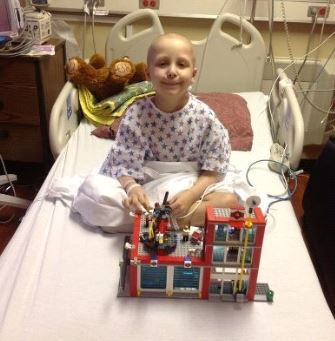About Childhood Cancer
According to the American Cancer Society, childhood cancers make up less than 1% of all cancers diagnosed each year. In 2019, about 11,060 children in the United States under the age of 15 will be diagnosed with cancer. Childhood cancer rates have been on the rise for the past few decades –– what do you know about pediatric cancer?

10 facts about childhood cancer
After accidents, cancer is the second-leading cause of death in children ages 1 to 14, according to the American Cancer Society.1 in 285 children will be diagnosed with cancer before their 20th birthday.According to the World Health Organization, the vast majority of childhood cancers do not have a known cause. Unlike many cancers in adults, childhood cancers are not strongly linked to lifestyle or environmental risk factors. Very few childhood cancers are caused by genetic DNA mutations.There are over a dozen types of childhood cancer and hundreds of different subtypesFewer than 10 drugs have been developed for use in children with cancer since 1980. Only three drugs (teniposide and clofarabine, and Unituxin for use in high-risk neuroblastoma) have been approved for use in children. Only four additional new drugs have been approved for use by both adults and children.60% of children who survive cancer suffer later effects, such as infertility, heart failure and secondary cancers.One in 530 adults ages 20 to 39 in the U.S. is a pediatric cancer survivor –– there are approximately 375,000 adult survivors.The average age of diagnosis with childhood cancer is 6.In 80% of kids with cancer, the cancer has already spread to other areas of the body by the time of diagnosis.One in 5 children diagnosed with cancer in the U.S. will not survive. Approximately 1,800 children and adolescents still die of cancer each year; indicating that new advances and continued research to find effective treatments are needed.
